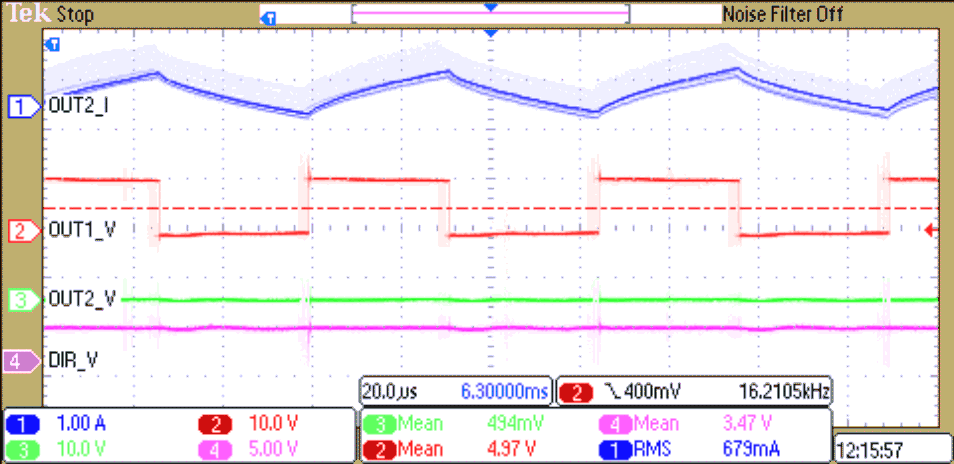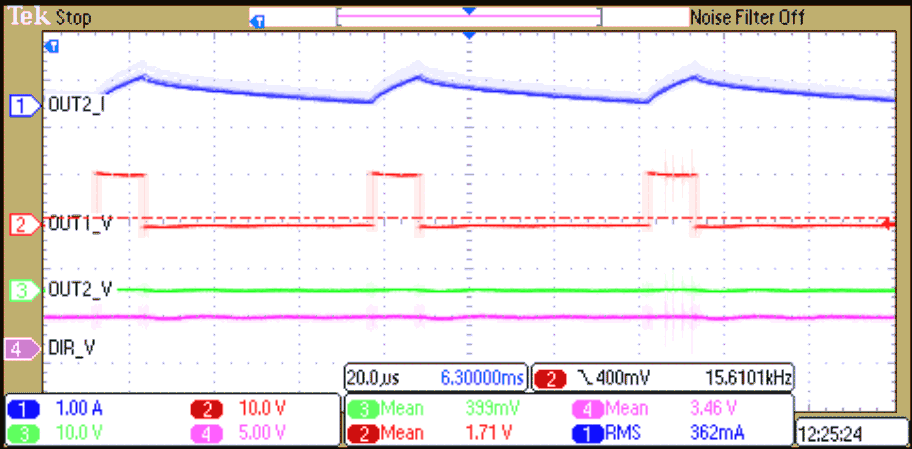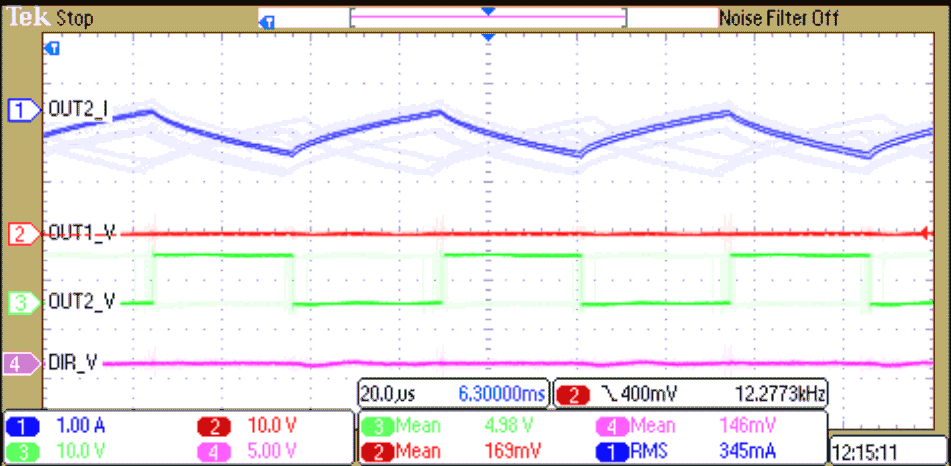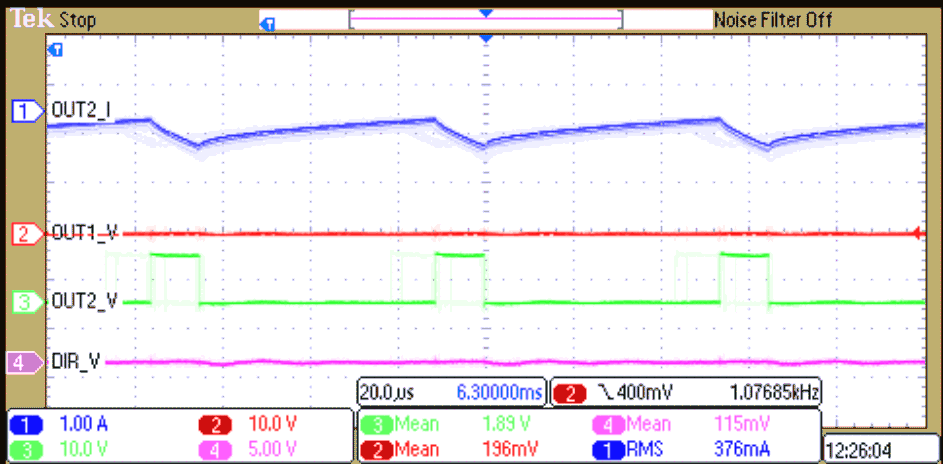ZHCSFB2A July 2016 – July 2016 DRV8837C
PRODUCTION DATA.
8 Application and Implementation
NOTE
Information in the following applications sections is not part of the TI component specification, and TI does not warrant its accuracy or completeness. TI’s customers are responsible for determining suitability of components for their purposes. Customers should validate and test their design implementation to confirm system functionality.
8.1 Application Information
The DRV8837C device is device is used to drive one DC motor or other devices like solenoids. The following design procedure can be used to configure the DRV8837C device.
8.2 Typical Application
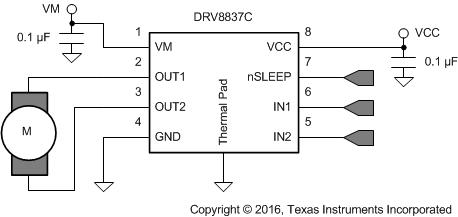 Figure 7. Schematic of DRV8837C Application
Figure 7. Schematic of DRV8837C Application
8.2.1 Design Requirements
Table 4 lists the required parameters for a typical usage case.
Table 4. System Design Requirements
| DESIGN PARAMETER | REFERENCE | EXAMPLE VALUE |
|---|---|---|
| Motor supply voltage | VM | 9 V |
| Logic supply voltage | VCC | 3.3 V |
| Target RMS current | IOUT | 0.8 A |
8.2.2 Detailed Design Procedure
8.2.2.1 Motor Voltage
The appropriate motor voltage depends on the ratings of the motor selected and the desired RPM. A higher voltage spins a brushed dc motor faster with the same PWM duty cycle applied to the power FETs. A higher voltage also increases the rate of current change through the inductive motor windings.
8.2.2.2 Low-Power Operation
When entering sleep mode, TI recommends setting all inputs as a logic low to minimize system power.
8.2.3 Application Curves
